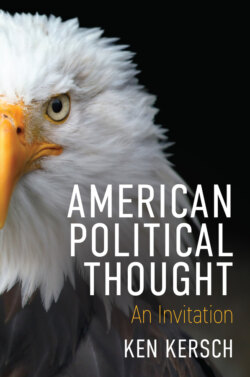Читать книгу American Political Thought - Ken Kersch - Страница 28
Notes
Оглавление1 1. Early in the nation’s history, a number of states in the federal system did, increasingly controversially, require religious tests for public office. These were gradually eliminated in the first half of the nineteenth century.
2 2. Thomas Jefferson’s University of Virginia (1819) was a deliberate exception. In designing UVA, Jefferson omitted the usual campus chapel, and replaced it with the Rotunda, a classical structure modeled on the Roman Parthenon, which served as the library, and was meant to reflect the “authority of nature and power of reason.”
3 3. See, e.g., Somerset v. Stewart (1772), a decision by Great Britain’s Kings Bench, written by Lord Mansfield, which declared chattel slavery a practice contrary to common law and right, “so odious, that nothing can be suffered to support it, but positive law.”
4 4. Jon Elster, Ulysses Unbound: Studies in Rationality, Precommitments, and Constraints (2000); Federalist #1 (Hamilton).
5 5. McCulloch v. Maryland, 17 US 316 (1819).
6 6. Federalist #78. This was another Hamilton argument reprised by John Marshall, in this case in Marbury v. Madison (1803).
7 7. See Hanna Pitkin, The Concept of Representation (1967).
8 8. See Herbert Storing, What the Antifederalists Were For (1981); Saul Cornell, The Other Founders: Anti-Federalists and the Dissenting Tradition in America, 1788–1828 (2012).
9 9. David Siemers, Ratifying the Republic: Antifederalists and Federalists in Constitutional Time (2002); Jeffrey Tulis and Nicole Mellow, Legacies of Losing in American Politics (2018).
